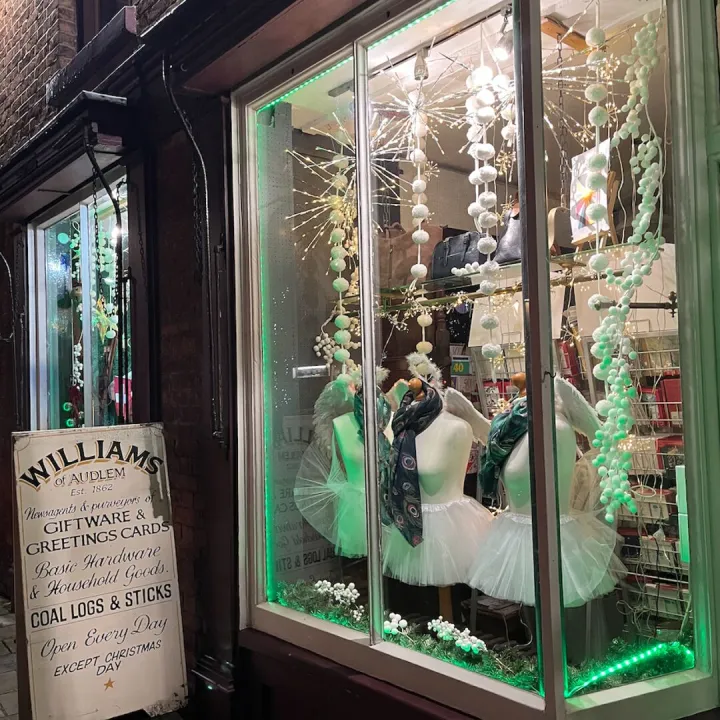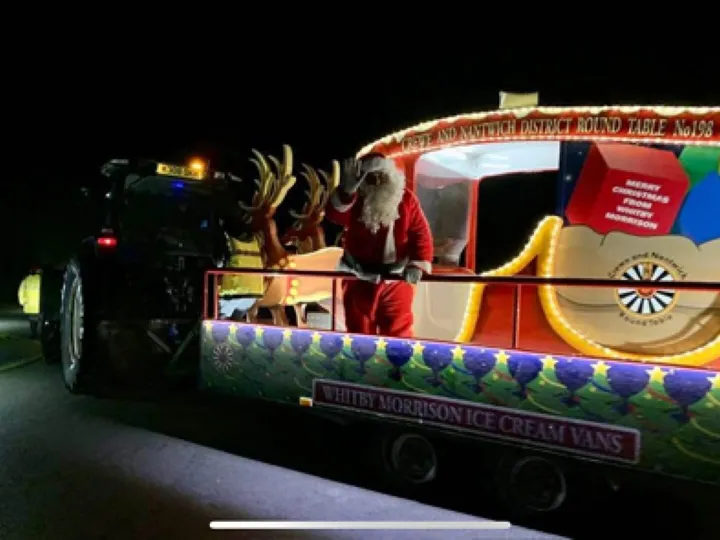Welsh Drovers At History Society








The first meeting of Audlem and District History Society since February 2020 was held last Thursday when our speaker Wyn Jones gave us an excellent, informative talk on "Welsh Drovers -- a history".
Before the advent of the railways the only way to take animals to market was on the hoof.
Welsh cattle were recorded as being sold at market in Nantwich in 1439.
A drover licence was introduced in Tudor times at a cost of 12p plus 8p for registration. The licensee had to be a married householder over 30 years of age and "known to be honest".
The economic significance of cattle droving to the Welsh economy was ilustrated when, during the English Civil War, the Bishop of Bangor wrote a plea to Prince Rupert to permit the continued passage of the drovers into England "for they are the Spanish Fleet of Wales which brings what little gold and silver we have".
Welsh drovers were respected members of the community. They had to;
- be able to look after animals;
- negotiate;
- plan and organise;
- and be able to speak English. (Until the early 20th Century much of the population of rural Wales only spoke Welsh).
Droves took place from Spring to early Autumn. In preparation cows were shod, pigs given wooden boots and geese walked through pitch then sand, then cold water.
3 -- 4 herdsmen were employed per 100 cattle. Reddish coloured Welsh sheepdogs were used (and in South West Wales corgis).
The dogs were sent home after the sale following the same route, fed and watered by publicans by agreement.
Wyn then showed us several of the extensive routes followed by the drovers. Eg.the 300 mile journey from Anglesey to London involved crossing the Menai Strait using a lead cow that was not afraid of water. Pigs, sheep and ducks were taken by boat.
Evidence of their routes can still be found eg."The Drovers Arms", near Ruthin and "The Drovers House" Stockbridge, Hampshire which still bears the inscription in Welsh of "quality hay, tasty pasture, good beer, comfortable bed".
Local place names are also common -- Welsh Row, Nantwich and Welshman's Yard, Norbury.
Drovers were responsible for carrying payment back to the clients who had entrusted them with their cattle to sell. The risks involved in carrying large amounts of cash led to the establishment of the Bank of the Black Ox in Llandovery in 1799 (taken over by Lloyds in 1909) to facilitate the transfer of drovers money.
Long distance droving ended when the railway reached Shrewsbury in 1856 and extended into Wales during the 1860's.
A fascinating talk to start the first of our actual meetings.
Thank you
Dorothy Jones
Get In Touch
AudlemOnline is powered by our active community.
Please send us your news and views using the button below:
Email: editor@audlem.org





